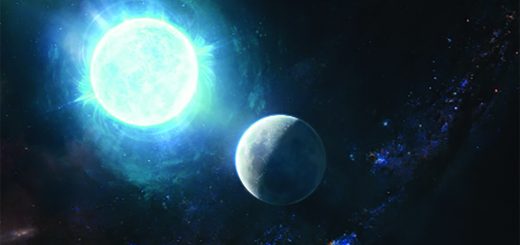Ocean Animals Have Bulked Up Since Ancient Eras
Size of marine creatures averages 150 times bigger than 540 million years ago
Marine animals have become much bigger over time, scientists report February 20 in Science. This finding lends evidence to Cope’s rule, which states that animals often evolve to be larger than their distant ancestors. The hypothesis takes its name from 19th century paleontologist Edward Drinker Cope, who noticed this trend in the fossil record.
The researchers compared body size measurements of animals over a period spanning from 542 million years ago, during the Cambrian Period, to today. The animals included species from more than 17,000 genera, among them trilobites, plesiosaurs (extinct reptiles with a long neck and flippers), whales and clams, as well as many less familiar creatures.
Marine animals today are on average 150 times larger than they were during the Cambrian, the researchers found. The smallest animals alive today — tiny crustaceans called ostracods — are only about one-tenth the size of the Cambrian’s tiniest animals. But today’s largest marine animals — whales — are more than 100,000 times bigger than the biggest in the Cambrian.
“Classes of animals that were already big … tended to persist longer and diversify more than classes that were, on average, smaller,” says Noel Heim, a coauthor of the study and a paleontologist at Stanford University.
The size gains in marine animals are much larger than would be expected by chance, says Jonathan Payne, another coauthor at Stanford.
The scientists don’t know for sure what drives the trend. One possibility is an arms race between predators and prey, in which larger animals are less likely to become a snack. Another is that when mammals and reptiles returned to the ocean, retaining the ability to breathe oxygen-rich air rather than water made it easier for them to outgrow many water-breathing animals.












Recent Comments